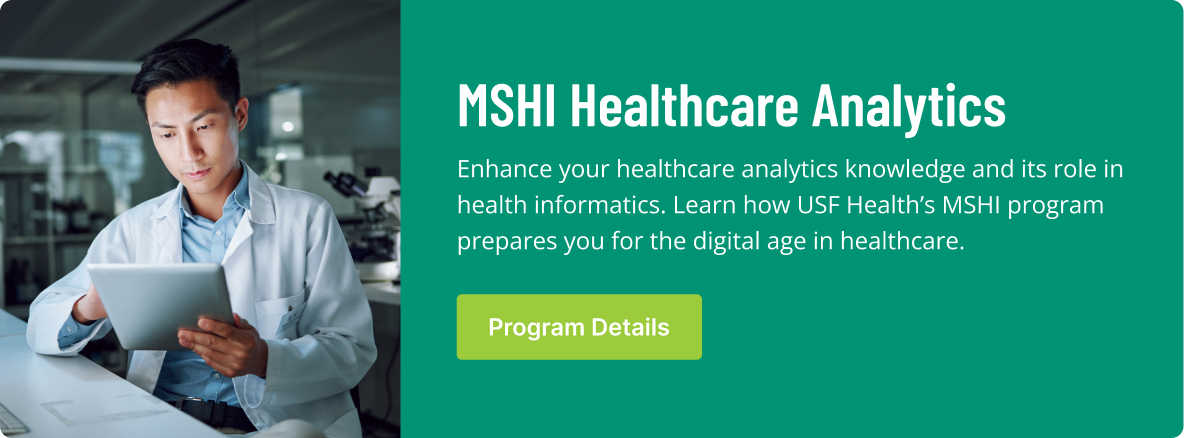Pharmacies are finding new ways to measure patient outcomes.
In practice, pharmacy benefit managers are replacing a reliance on outcome data with adherence monitoring.
Compiling and interpreting vast amounts of data on patient outcomes – even when it’s available from payers – has proven difficult and expensive. It’s fallen short of providing a means to calculate a drug’s effectiveness, with the more long-term goal of better controlling prices also lacking progress.
Focusing on adherence is a simpler approach. Data is gathered on whether a patient has continued to take their medication or has fallen into the “medication non-adherence” category.
Adherence is increasingly becoming a stand-in for outcomes. Or, as Pratap Khedkar, managing principal of ZS Associates, told MM&M: “If you didn’t take your pills, of course you didn’t get better. But if you took your pills, I will credit you with a full outcome.”
Advantages of Adherence
For both pharmacy managers and patients, using analytics in this way offers advantages.
For example, analytics focused on adherence can help predict which patients are most likely to stop taking their medications. Further analysis can offer personalized interventions that have a better chance of preventing patients from stopping their prescribed drug regimen.
This helps patients maintain better health, but it also decreases costs for the healthcare system later, when a patient’s condition may worsen because they failed to stick to their prescribed medication schedule.
Research by one pharmacy benefits company found that medication non-adherence cost the healthcare industry $337 billion in 2013. That’s because not taking medication can result in further medical testing and preventable hospital and emergency room visits – in other words, worse health outcomes for patients.
It’s a widespread issue. A 2016 study found that up to 70% of those prescribed high cholesterol-fighting statins fell into the medical non-adherence category.
Fighting Fraud
Pharmacy analytics is also being used to fight fraud, an issue that costs the healthcare system billions of dollars each year. Much of the fraud, abuse and waste occur because different segments of the healthcare industry operate in a siloed manner.
Perhaps the best-known example of this involves the abuse of prescription opioids. Patients may go to multiple doctors, receiving more prescriptions than are medically needed. In some cases, prescribers or even pharmacies may work in tandem with the patients, writing duplicate prescriptions or altering prescription orders.
Pharmacy analytics helps eliminate this problem by having access to both pharmacy records and medical service data. By compiling and analyzing this information, artificial intelligence used in data analytics can detect trends that signal potential fraud much more quickly.
One pharmacy benefits company, Prime Therapeutics, reported that it saved clients $211 million in fraudulent claims in 2017 alone. However, fighting fraud is a constantly evolving process, as ways to game the system continue to evolve.
Partnerships Change the Landscape
CVS has partnered with Epic Systems to leverage EHRs in compiling and interpreting data, specifically on patient adherence and to control prescription costs. This type of strategy has the potential to save significant sums for payers and employers.
Pharmacy benefit manager CVS Caremark is now providing real-time benefits data that could put even more data in the hands of prescribers and patients, helping them monitor rising prescription spending and identify possible alternatives to high-cost medications. This up front knowledge of coverage and cost helps ensure patients fill prescriptions and adhere to them, ultimately decreasing costs in the end.
CVS plans to expand its data assets with the purchase of Aetna’s health insurance business. This will allow the company access to more data, further enhancing its ability to identify patient adherence rates, control costs and prevent fraud.
It may also solve communication problems, one of the factors in medication non-adherence. For example, prescribers aren’t often told if a patient does not take medication. And with some pharmacies, patients do not get reminder messages if they have not picked up their medications.
In a similar move, Walgreens has partnered with IBM to provide analytics on service requests and other aspects of the pharmacy giant’s operations.




